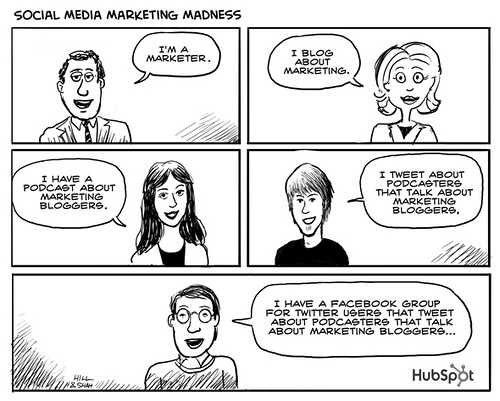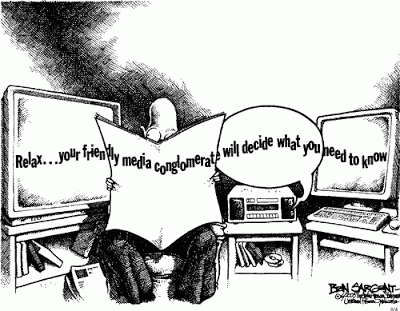
IB Language and Literature – Standard Level
Create a written piece of about 800-1000 words in length, exploring an aspect of the material studied in Part 2: Language and Mass Communication.
A written task demonstrates the student’s ability to choose an imaginative way of exploring an aspect of the material studied in the course. It must show a critical engagement with an aspect of a text or a topic.
Written Task 1 is an opportunity for you to demonstrate understanding and explore issues in language and literature in an imaginative way. “Imaginative” does not necessarily mean creative writing—as with all reading and writing in the Language and Literature course you are expected to demonstrate an intellectual engagement and understanding of the texts studied. The written task offers a more open opportunity to consider different methods for conveying that engagement and understanding. In addition, the written task is a chance to mimic and show your understanding of a form.
First and foremost, the written task 1 is not an essay.
Written task 1 must include a rationale. The rationale should be between 200 and 300 words which do not count toward the written task word count. The rationale should explain the nature of the chosen written task including purpose, formal conventions, relationships to aspects of the course and any other pertinent information as to the aims and objectives of the task.
There are four criteria used to assess written task 1:
Rationale: Does the rationale adequately explain your work for the written task and how it is linked to the course topic?
Task and Content: Does the written task convey more substantially developed understanding of the work; is the content appropriate to the task chosen and are the conventions of the text type understood?
Organization and argument: Is the structure and organization coherent and sustained? Has the word count been met (two marks will be deducted from tasks that exceed the word count)?
Language and style: Is the use of language and style effective and appropriate to the task chosen?
As with any assessment task, examiners are looking for a strong understanding of the work or topic and a thoughtful critical engagement. Organized and polished writing is an asset but remember that this is most realized with careful thinking and preparation as well as consciously writing within your own abilities (use your own voice; do not try to sound sophisticated, but be open and honest in your engagement with the text). It is important to consider the most appropriate language for the task chosen (in terms of formality and accessibility), as well as the structure and details as reference points. In regards to the content, remember that the rationale, and by implication the task itself, should make clear the audience and purpose for your written task.
Possible Written task text types for Language and Mass Communication (Part 2):
- An email exchange
- An interview
- A public health brochure
- An opinion column
- A letter to the editor
- A screenplay for a documentary













